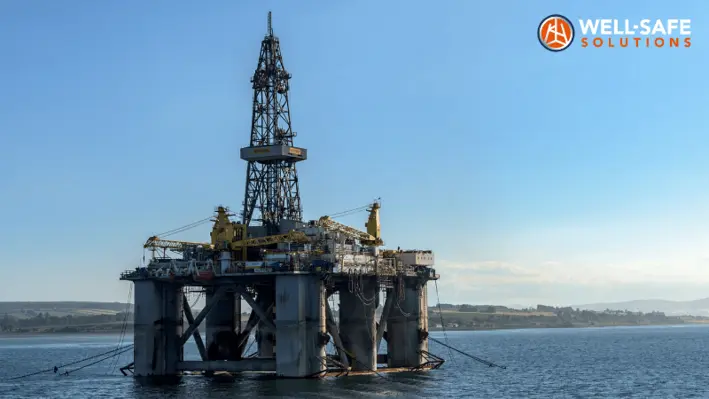

Well decommissioning specialist Well-Safe Solutions, has officially added WilPhoenix, a semi-submersible drilling rig to its fleet.
The company stated that the WilPhoenix will now undergo improvements as part of its repurposing as a dedicated P&A asset, and will soon be known as the Well-Safe Defender. In May, Awilco Drilling had made the deal to sell it to Well-safe Solutions.
The WilPhoenix is one of Awilco Drilling's two Enhanced Pacesetter semi-submersible drilling rigs. It was built in 1982 and upgraded in 2011. WilHunter, Awilco Drilling’s other semi-submersible, is in the process of being sold for recycling.
Phil Milton, CEO at Well-Safe Solutions, said, “The addition of our second semi-submersible rig, to be known as the Well-Safe Defender, is a landmark achievement for the business.”
Built in 1983, the WilPhoenix is an established presence in the North Sea, having been extensively refurbished and upgraded in 2016. Well-Safe Solutions expect to take delivery of the rig in June 2022 and will carry out optimisation and recertification requirements for future well plug and abandonment (P&A) activity.
The rig acquisition is expected to create around 100 jobs in a variety of onshore and offshore roles, in addition to the 231 personnel already employed by Well-Safe Solutions.
Neil Ferguson, Operations Manager at Well-Safe Solutions, added, “The WilPhoenix has a strong track record and is the right candidate to undergo conversion for well P&A.”
Well-Safe Solutions is the first UK company with its own assets to provide a Tier 1 well decommissioning service focused exclusively on P&A, with the Aberdeen-headquartered company owning and operating the Well-Safe Guardian semi-submersible and Well-Safe Protector jack-up rig.
The WilPhoenix is expected to enter service with its new owners as the Well-Safe Defender in late 2022.
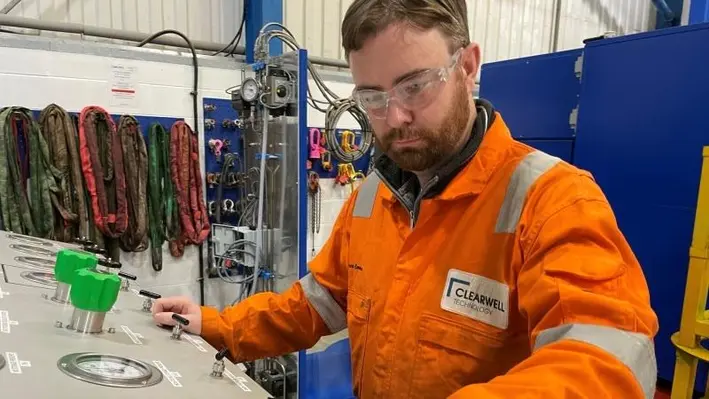

Energy technology start-up Clearwell Technology has taken up a feasibility testing programme for a new tool that could cut the costs and emissions of well decommissioning projects by half, following support from Scottish Enterprise.
Bruce Cardno and Paul Ray set up Clearwell Technology to develop their thermal milling technology, Therm-X-Mill, and transform the current methods of oil and gas well decommissioning by eliminating the use of drilling rigs and their associated equipment.
SMART:Scotland grant funding of £84,000 from Scottish Enterprise helped Clearwell Technology perform a testing programme. The company is now looking ahead to the next stage of development which will involve further testing, development of a prototype tool and field trials prior to full-scale commercialisation.
Scottish Enterprise head of low carbon transition Andy McDonald said, “Industry reports highlight that the decommissioning market is growing, especially as more focus is spent on energy transition activities and less on drilling new wells.
“This creates opportunities for companies like Clearwell Technology to provide decommissioning technology that will help aid the wider global energy transition agenda and it is fantastic to see a company from Aberdeenshire take forward this innovation.
“Scottish Enterprise aims to support entrepreneurial talent to build a stronger more sustainable Scottish economy and projects like this highlight the collaborative approach to delivering net zero solutions taking place here in Scotland.”
According to a Decom Insights report from Offshore Energies UK, the decommissioning market is currently around 12% of UK offshore industry expenditure with forecasts of over £16bn due to be spent over the next decade and around 4,000 wells estimated still to be decommissioned.
In addition, the recent North Sea Transition Deal set out the sector’s decommissioning supply chain target to ensure 50% local content around projects – all creating opportunities for Scottish businesses.
Bruce Cardno, Director of Clearwell Technology, said, “As energy companies focus on transition our technology aims to make the oil and gas well decommissioning process simpler and more environmentally friendly, while also releasing resources to drive net zero projects in the industry.
“Almost half the cost of any decommissioning project is spent on the plugging and abandonment of the wells so by reducing this cost with our Therm-X-Mill tool we aim to transform the industry’s approach.
“We are ramping up our testing from our site in Aboyne as we progress towards prototype development so this is a really exciting time for us, and we are hugely thankful for the support from Scottish Enterprise to help drive our technology.”
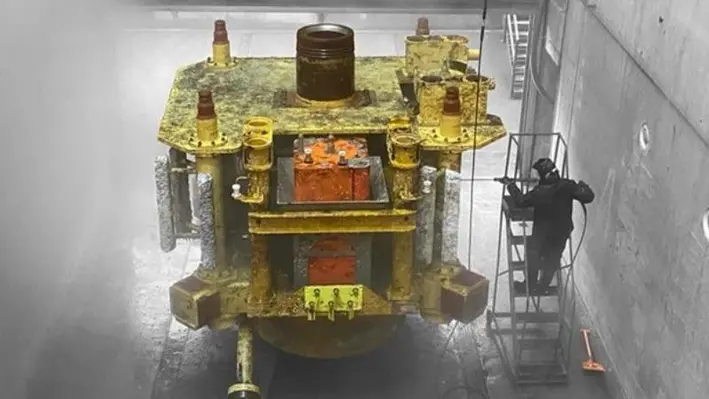

Legasea has announced the successful completion of a significant circular economy project, requiring the disassembly of 10 decommissioned Subsea Production Systems recovered from the Celtic Sea.
According to Legasea, the ‘Shore-to-Store’ service, supported by the Scottish Enterprise’s Green Jobs Fund, has reduced the carbon footprint of subsea decommissioning operations, by taking subsea equipment that is no longer required, and finding routes to refurbish, recertify, remanufacture and reuse, keeping as many components as possible in use, with a projected annual carbon saving of 10,000 tonnes CO2e.
The company said that the project is the culmination of several years of research and planning conducted by Legasea, involving engagement with a wide range of operators and service companies in the subsea sector, to develop a service which benefits the industry environmentally and economically.
Since its establishment in 2018, Legasea has also consulted with a range of government and industry stakeholders, to ensure that the service is closely aligned with decommissioning and environmental policy, and the company has been awarded a SEPA Waste Management Licence, which permits the company to accept a range of material, defined as waste, from subsea decommissioning operations.
Commenting on the project completion, Lewis Sim, Legasea Managing Director, said, “We are delighted with the progress made, with the introduction of the Shore-to-Store service to the subsea industry, and the support received from across the sector has been phenomenal. Every member of our team has contributed to this successful project, and they deserve a big thank you, as do all of the supply chain companies that helped to support the project.
“With more than 6,400 Trees installed globally, at least a quarter of which are in the North Sea; we look forward to assisting with many more decommissioning scopes, with the recovered parts supporting late-life operations in a sustainable manner,” Lewis added.
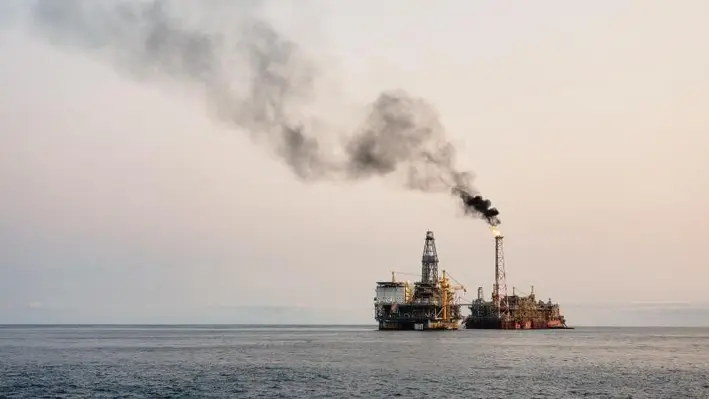
 Deep geothermal delivery specialist CeraPhi Energy has been awarded the first of its kind geothermal study to undertake the repurposing of offshore oil and gas wells using its proprietary advanced closed-loop system
Deep geothermal delivery specialist CeraPhi Energy has been awarded the first of its kind geothermal study to undertake the repurposing of offshore oil and gas wells using its proprietary advanced closed-loop system
The study will cover the initial phase of a staged process to determine how retrofitted wells can reduce the carbon footprint of an operating platform.
The project is being led by the CeraPhi subsurface engineering team in collaboration with topside engineering services company Petrofac. The study will use EnQuest’s Magnus Platform as the base case.
The Magnus Platform, formally operated by BP, is one of the UK's largest operating facilities and sits north of the Shetland Islands. Magnus is a fully integrated drilling and production facility with a design capacity of 85,400 bpd of crude oil, 110 mmscfd of gas export and a maximum of 240,000 bpd of produced water.
The study will incorporate the use of CeraPhi's proprietary advanced closed-loop technology, CeraPhiWell, which is designed to fit into old wells to extract heat from deep underground by a downhole heat exchanger. Depending on the operating temperatures established in the study the heat produced could be used as direct power and/or heating or cooling for utilities and other services reducing the overall carbon emissions of the facility.
Karl Farrow, CeraPhi, Founder and CEO, said, “This award is a statement to how the oil and gas industry is transitioning in the decarbonisation of the oil and gas extraction process.”
“If we can use old non-productive wells to produce clean baseload energy, why can’t we make those same wells produce carbon-free energy when they are drilled, reducing the carbon footprint during the oil and gas extraction process and ensuring the maximum use of these assets through a complete energy transition over decades,” Karl furthered.
Craig Nicol, Project Manager, NZTC, said, “We are delighted to be supporting CeraPhi with this ground-breaking project that if proven could become a serious contributor to the renewable energy mix. The industry is facing a significant challenge to decommissioning wells that have come to the end of their production, this novel approach has the potential to extend their life whilst delivering on our net-zero targets.”
Jonathan Carpenter, Vice-President, Petrofac New Energy Services, said, “Our engineering specialists are looking forward to working with CeraPhi on this pioneering study, which has the potential to unlock a completely new way of generating renewable power using existing oil and gas infrastructure. It could be a game-changer in our efforts to decarbonise the oil and gas production process and has wider applicability for clean baseload power as well.”
CeraPhi Energy was founded by a team of oil and gas experts just over 18 months ago, and is driving deep geothermal projects using its proprietary closed-loop technology across the world, with a total of nearly 1.5GW of heat, cooling and power projects under development and more than 5 GW under appraisal.
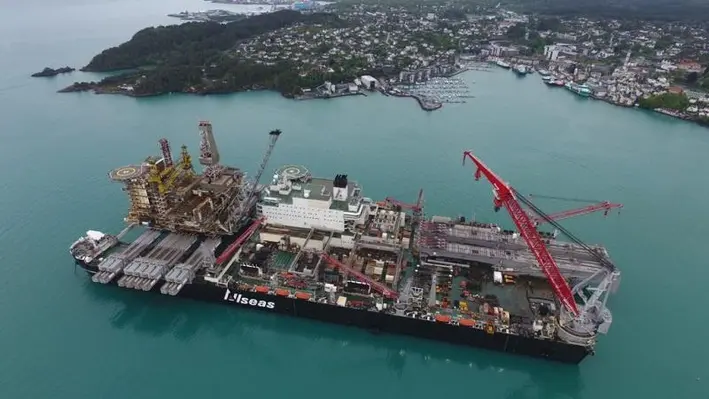

Allseas’ Pioneering Spirit has delivered the Gyda topsides to the Aker Solutions yard in Stord, Norway, for disposal.
Gyda is a field in the southern part of the Norwegian sector in the North Sea, between the Ula and Ekofisk fields. The field was developed with a combined drilling, accommodation and processing facility supported by a steel jacket standing in 66 m water depth. The platform started producing in 1990, with a decommissioning plan submitted in 2016.
After removing the 18,400 tonne former drilling and production facility from the southern North Sea, Pioneering Spirit arrived in Norway on 24 May.
The latest delivery means that, since March 2022, Allseas has lifted more than 65,000 tonnes of North Sea facilities, an achievement made possible by their motion compensation and single-lift systems.
2022 is now on schedule to be a record year for the company with dozens of offshore lifts, ranging from light bridges to entire jackets and topsides, to be undertaken. They include the massive Gyda jacket, which Allseas is booked to remove later this summer.
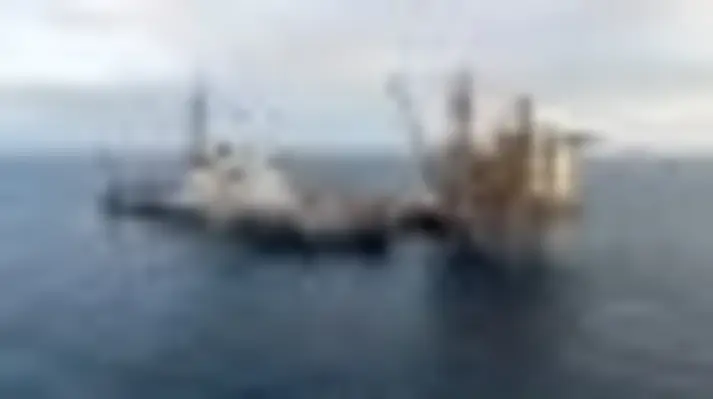
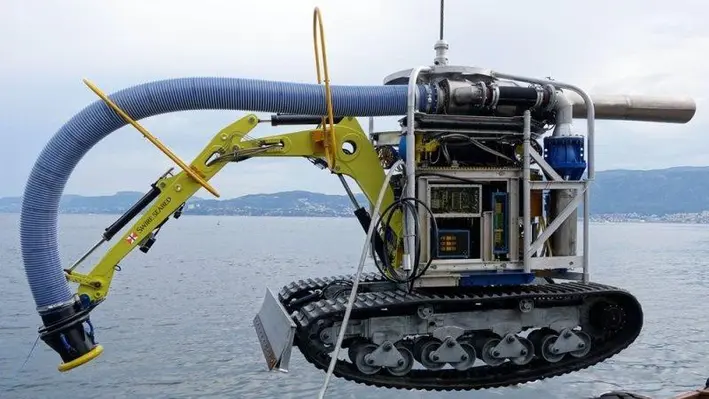
 Claxton AS, a brand within the Energy Services division of Acteon, a marine energy and infrastructure services company, has signed a collaboration agreement with Norwegian-based supplier Seabed Solutions to add value to its decommissioning projects and help operators fulfil their obligation to return subsea sites to their natural state.
Claxton AS, a brand within the Energy Services division of Acteon, a marine energy and infrastructure services company, has signed a collaboration agreement with Norwegian-based supplier Seabed Solutions to add value to its decommissioning projects and help operators fulfil their obligation to return subsea sites to their natural state.
According to Claxton, the partnership simplifies procurement, increases project execution efficiency and reduces costs for infrastructure owners by offering a wider range of dredging, excavation, cutting and decommissioning equipment and services through a single contract interface and by using a combined offshore crew.
Claxton and Seabed Solutions are known for extensive subsea experience and the former is said to have had an operational presence in Norway for over nine years and expanded its base in 2019 to meet industry demand. Seabed Solutions was established in 2015 by a management team with decades of experience leading the Norwegian seabed intervention market.
“As more and more oil and gas installations are getting close to the end of their economic and productive life, the demand for decommissioning services increases. This partnership means that the owners of the outdated installations can get the entire scope of decommissioning services on the same contract,” said Christian Aas, Seabed Solutions Managing Director.
Nick Marriott, Claxton General Manager, Norway, said, “Claxton is excited about the partnership, which will allow us to explore synergies to enhance our client offerings and methodologies to drive growth.”
“Offering integrated services through one contract and a single interface, and with collegial crew use, will help to increase procurement and project execution efficiency,” Nick added.
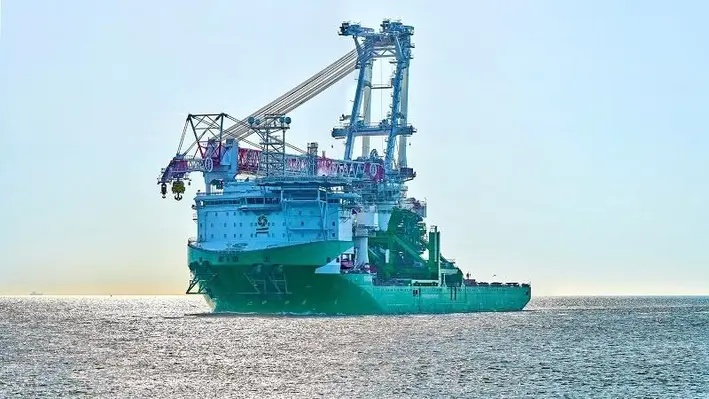

Liebherr has announced that its Heavy Lift Crane (HLC) 295000 is on board the Orion and is ready to work on decommissioning projects.
The Orion is a next generation offshore installation vessel by DEME which is capable of installing windfarms and decommissioning ‘old’ energy platforms. On the vessel, Liebherr has delivered the HLC which is the largest crane the company has ever built, boasting a lifting capacity of 5,000 tonnes.
After its name-giving ceremony in Vlissingen, Netherlands, the vessel is now heading to help develop the offshore wind farm ‘Arcadis Ost I’ in the Baltic Sea.
“What we are witnessing here, is indeed a very memorable event. Fundamentally, it demonstrates what is achieved, when people are closely working together, especially alongside with a competent and reliable partner. Today, we are proud. In an extraordinary effort, our team at Liebherr brought this heavy lift crane up on this ship so now everyone can see what has been accomplished,” said Robert Pitschmann, Global Application Manager, Heavy Lift Offshore at Liebherr.
By the help of the compact design, the crane is destined to serve in the offshore market. For example the base column, being only 16.8 metres diameter, is unique in the market. The HLC 295000 requires little space on deck and offers more storage space for transportation. It is ready to take up its work in the ample field of the offshore industry. With its maximum capacity of 5,000 tons and an outreach of up to 151 metres, the HLC can manage large components, for example, during the decommissioning of offshore platforms.
A maximum lifting height of 175 metres enables the HLC 295000 to operate in the required height right away without special efforts. All this demonstrates that the heavy lift crane in general can be regarded as the ideal instrument for the challenges ahead within the changing field of energy production as well as in all related working areas closely related to it. The extraordinary efficiency, swift- and readiness when it comes to transporting, accuracy but also power give this Liebherr heavy lift crane and the HLC-Series an advancement due to its smart versatility.
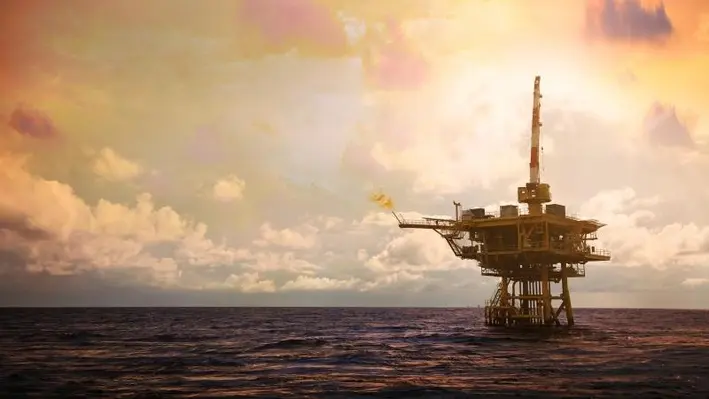

DOF Subsea has attained a 99% rate for the combined recycling and repurposing of recovered materials on its decommissioning project for Repsol Sinopec Resources UK.
The company provides engineering, preparation, removal and disposal (EPRD) services at the Buchan and Hannay fields in the Central North Sea.
The offshore works were carried out for over 74 days, using Skandi Acergy and Skandi Skansen, and saw the recovery of 135 concrete mattresses weighing approximately 800 tonnes, more than 12km of rigid pipelines, SSIV/PLEM Structures, 15.5km of flexibles and umbilicals, spoolpieces, and around 1,500 grout bags and general debris.
The material was shipped to Aberdeen Harbour’s Clipper Quay for dispersal, with the recovered material dispatched for a wide variety of uses. A total of 15 concrete mattresses were repurposed into aggregate for use in the roads at the £350mn Aberdeen Harbour extension project. The plastic sheaths from the flexible risers and umbilicals were recycled by an approved supplier and all metal was smelted.
This was the second decommissioning project carried out by DOF Subsea on behalf of Repsol Sinopec in the Buchan and Hannay fields. In 2019, they carried out EPRD services, including the 124 tonne Mid-Water Arch (MWA) – one of the largest structures ever decommissioned through Aberdeen Harbour.
DOF Subsea has built a decommissioning portfolio over the last decade, delivering more than 30 projects around the world for major operators.
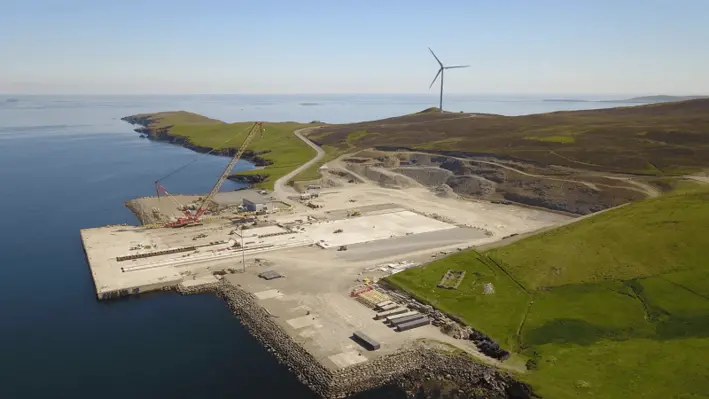

Following the award of another major North Sea contract to Veolia and Peterson, Lerwick Harbour will be the location for the dismantling and recycling of a northern North Sea platform jacket.
This follows the winning of the contract to decommission the 14,500 tonne topside for the same platform, which will be the biggest to date at the port’s Dales Voe Base. This was recently completed on time with Veolia and Peterson achieving their target of more than 98% of materials recycled.
The latest project has been awarded by Allseas and is for the 83-metre steel jacket which weighs in at around 8,500 tonnes. This will also be delivered by Allseas Pioneering Spirit.
Preparations are now underway for the reception of the jacket. Similar to the topside, it will be removed in a single lift before being transferred ashore at the base via a barge. A heavy-duty purpose-built decommissioning pad will be used.
John Abraham, COO of Veolia UK & Ireland – Industrial, Water & Energy, commented, “Industry leading recycling involves innovation and scrupulous planning. With our major complex decommissioning projects, we have already shown that it is possible to achieve a 98% recycling rate for obsolete oil and gas structures, a key achievement as we look to preserve resources and drive our ecological transformation. Decommissioning is also very important from a carbon perspective as recycling a tonne of steel saves 1.5 tonnes of iron ore and reduces CO2 emissions by 80%, compared to metal production from raw materials."
James Johnson, Decommissioning Manager at Peterson, remarked, “We believe this award demonstrates the strong track record of Peterson and Veolia in handling all types of offshore decommissioning projects, as well as the excellent capability of the Dales Voe Base. It is also recognition of the excellent work undertaken in the decommissioning of the Ninian Northern topside, where an industry first approach to decommissioning an offshore asset proved very successful. We are very pleased that the award will also help secure a number of Peterson roles on Shetland on an ongoing basis.”
The jacket is expected to arrive in April 2022 with decommissioning taking around eight months to complete from this point.
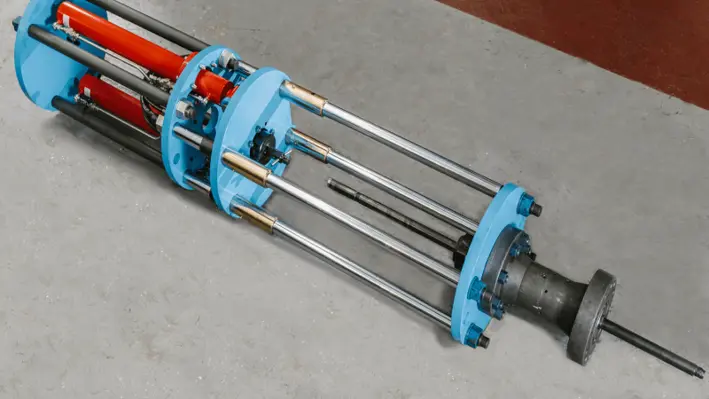

Unity, a provider of well integrity solutions, are supporting a North Sea well decommissioning programme for a major international operator, using its multifunctional Surface Intervention System (SIS).
The SIS has already completed intervention work on the first well, where it was deployed offline to set a shallow bridge plug in preparation for the removal of wellhead equipment. Unity’s standalone technology replaced the need for traditional intervention equipment. It delivered considerable savings to the operator in cost, time and efficiency, by working below deck while plug and abandonment (P&A) drilling operations were ongoing. Compared to traditional methods, the intervention was performed around 60% faster and delivered a cost and personnel package saving of 66%.
During the project, deck space and bed space were limited due to drilling operations, but Unity’s compact SIS technology, which requires just two technicians to operate, provided the ideal shallow intervention solution. The SIS was also said to be easy to accommodate on the platform below the drilling rig in a restricted well bay. The SIS and pressure control package were rigged-up below deck using a small A-frame crane provided by Unity. The plug was set first time and the equipment was rigged down within 24 hours.
Gary Smart, CEO at Unity said, “The SIS has great utility and has been by used several operators for milling, inspection, fracturing and P&A operations, enabling material savings against traditional shallow well intervention techniques. This technology will soon be joining our newly-announced Compact Shear Seal Valve technology, reducing the footprint and weight of the overall system even further.”
The SIS is the first multifunctional shallow well intervention system on the market and combines heavyweight capability within a compact and mobile package. The SIS has a powerful hydraulic motor, driving a push, pull and rotate function which can rival wireline or coiled tubing capability.
Unity has established an impressive well decommissioning project track record which currently extends to over 150 wells with another 230 in the pipeline over the next three years.
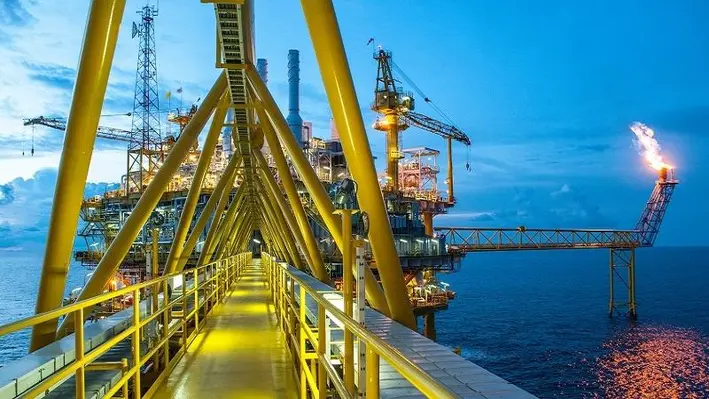

Spirit Energy Production UK Ltd. has awarded Heerema Marine Contractors a contract for removal and disposal services of the operator’s North Sea decommissioning portfolio.
The EPRD (engineering, preparations, removal, and disposal) contract includes both firm work and optional scope that can be called-off by the client. Heerema Marine Contractors will lead its part of the work out of its offices in Leiden (NL) and London (UK). Heerema will cooperate with DeepOcean, the subsea asset removal contractor, to deliver the safe and sustainable decommissioning of the platforms.
The firm scope involves the EPRD of the Audrey A, Audrey B and Ensign platforms, while the optional work includes an additional five platforms in the southern North Sea region of the UK and Dutch sectors.
Following a joint tender submitted in cooperation with DeepOcean Subsea Services Limited, both firms have secured contracts that will be executed under a tripartite collaboration agreement.
Heerema’s scope is to remove and recycle the platform topsides and substructures, while DeepOcean will be responsible for removing and recycling all subsea assets at the relevant fields. The combined weight of the firm scope topsides and jackets is around 7000 metric tons, and will be recycled in the UK. The platforms are located between 23-26 metres of water.
Heerema’s Decommissioning Director, Michel Hendriks, commented, “Decommissioning North Sea platforms is an important component within Heerema’s portfolio, and we are proud to be Spirit Energy’s chosen contractor for the topside and substructure scope. We are also looking forward to working alongside DeepOcean and their team to deliver the safe and sustainable removal of the Audrey A, Audrey B, and Ensign platforms.”
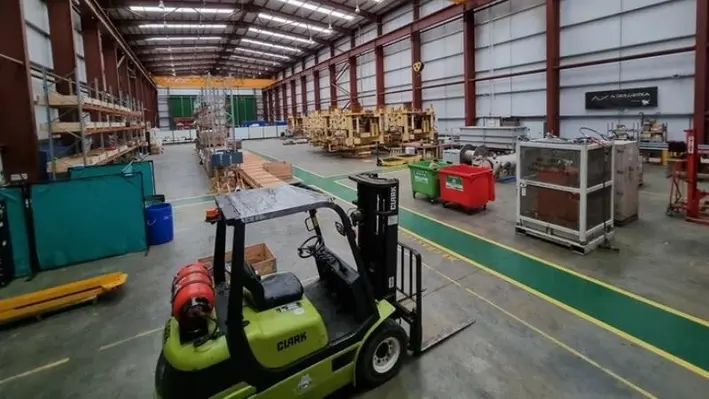

Legasea has successfully secured funding from Scottish Enterprise to develop their 'Shore to Store' service, while creating green jobs.
The project will reduce the carbon footprint of subsea decommissioning operations, by taking subsea equipment that is no longer required, and finding routes to refurbish, recertify, remanufacture and reuse, keeping as many components as possible in use, with a projected annual carbon saving of 10,000 tonnes CO2. Legasea plans to invest UK£1.3mn (US$1.7mn), during the three year project, supported by a UK£187,950 (US$247,516) grant, to be received following the creation of at least six new green jobs.
The project is the conclusion of several years of research and planning conducted by Legasea, involving engagement with a wide range of operators and service companies in the subsea sector, to develop a service which benefits the industry environmentally and economically. Since establishing the company in 2018, Legasea have also consulted with a range of government and industry stakeholders, to ensure that the service is closely aligned with decommissioning and environmental policy, and the company has been awarded a SEPA Waste Management Licence, which permits Legasea to accept range of material, defined as waste, from subsea decommissioning operations.
Legasea workshop
Lewis Sim, Managing Director at Legasea, said, “We are grateful to have received this support from Scottish Enterprise to grow our team and assist with launching the Shore to Store service for the subsea sector. The reception that we have received from across the industry, since establishing the company, has been incredible, and we look forward to continued growth whilst reducing the environmental impact of subsea decommissioning.”
Managing Director of Business Services and Advice at Scottish Enterprise, Jane Martin said, “The Green Jobs Call was established to enable companies like Legasea to create green jobs and support a sustainable Scottish economy. It is great to see this subsea specialist based in Aberdeenshire provide employment opportunities in the North-East of Scotland and highlights the vitality and talent in the area that is driving energy transition.
“Legasea’s shore to store service, with an annual forecast reduction of 10,000 tonnes of CO2 through the process of reusing and recycling components is great news for the environment and the economy. The project also highlights the innovation taking place across the energy industry to transition to a cleaner, greener economy as we drive towards net zero targets too,” Martin added.
Page 8 of 11